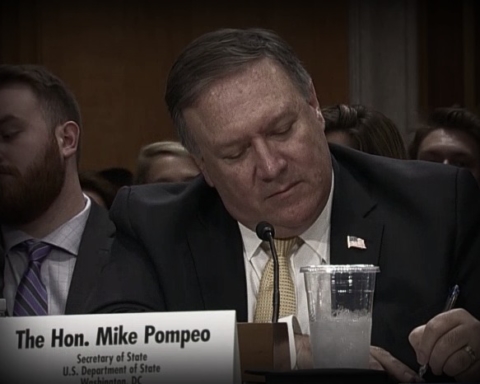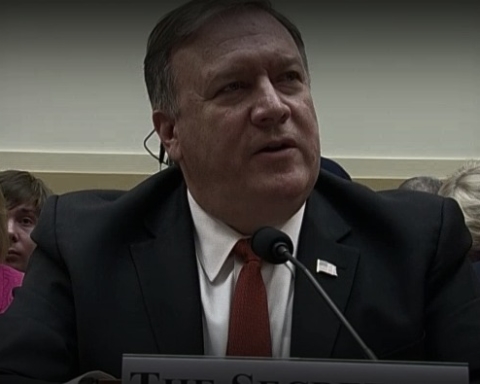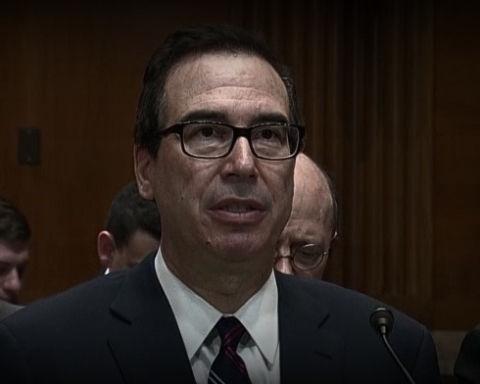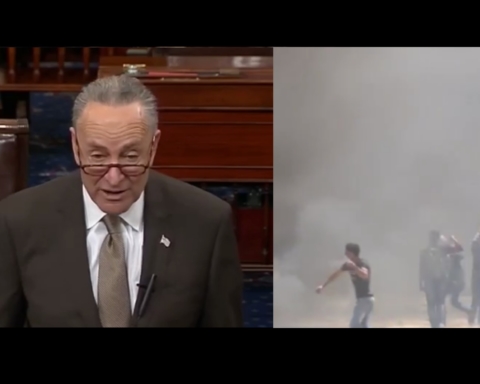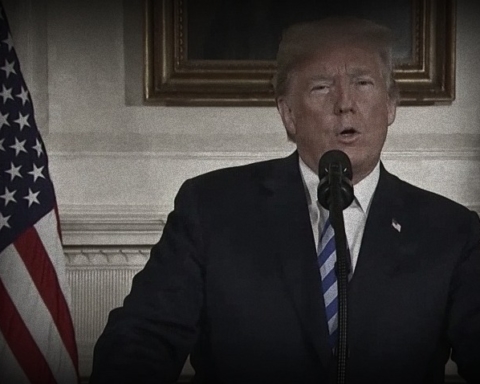While the White House’s threat to veto this year’s annual defense policy legislation has focused on disputes over sequestration cuts and how to fund the Pentagon, a little-discussed point in the warning takes issue with language in the bill that would force the US to send arms to Ukraine.
The Office of Management and Budget said that the move by the legislative branch to attach the measure to the National Defense Authorization Act would force the President to give “lethal assistance to the government of Ukraine–a decision that should rest with the Executive Branch.”
“The Administration strongly objects to the limitation in section 1251(c)(2), which stipulates that no more than 50 percent of the $300 million in authorized funds may be obligated until at least 20 percent is spent on lethal assistance or counter-battery radars,” the OMB noted in its June 2nd statement.
The protest against the Ukraine language was made on the seventh page of OMB’s ten-page policy statement. The publication mostly bemoans Congressional Republicans move to use the emergency Overseas Contingency Operations fund to set defense spending levels above those set by the Budget Control Act of 2011.
In addition to believing that the NDAA provision would usurp executive branch authority, the administration on Monday said more broadly that it opposes arms shipments to Kiev on policy grounds. White House Press Secretary Josh Earnest claimed that sending weapons to the Ukrainian military “would only further escalate a situation that must be resolved diplomatically.”
In March, Congress passed a resolution by a 348-48 margin calling on the Obama administration to give “lethal defensive weapon systems” to Kiev in response to “the unprovoked and continuing aggression of the Russian Federation.”
Kiev has, since last year, been fighting Russian-backed separatists in the eastern part of Ukraine.
The militants took up arms not long after Viktor Yanukovich, the former Ukrainian president with close ties to Moscow, fled Ukraine in the wake of widespread protests backed by US and Western European countries. Fighting in Ukraine’s east also started after Russian-backed forces annexed the Crimean peninsula.
The demonstrations in Kiev were sparked in late 2013 after Yanukovich suddenly decided to pursue a trade deal with Moscow over one offered by the European Union. He made his about-face after determining that Russia would grant Ukraine a more favorable deal, in financial terms.


